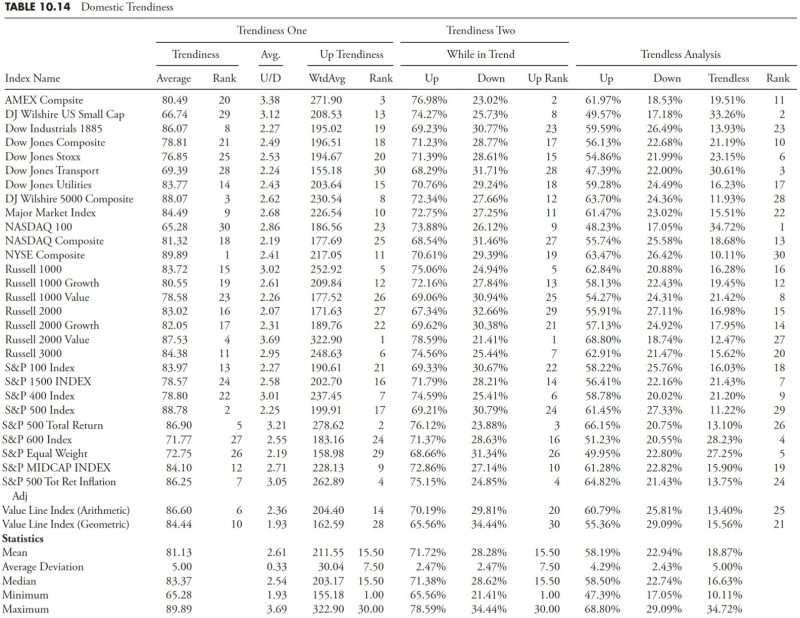In the previous parts of our market research and analysis series, we delved deep into the foundational concepts of market research and explored trend analysis as a crucial component in understanding market dynamics. Continuing from where we left off, let’s explore further into the realm of trend analysis.
**Identifying Emerging Trends**
One of the key aspects of trend analysis is the ability to identify emerging trends in the market. Emerging trends are indicators of the direction in which the market is heading and offer valuable insights for businesses to tailor their strategies accordingly. These trends can manifest in various forms, such as changing consumer preferences, technological advancements, economic shifts, or regulatory changes.
To spot emerging trends effectively, researchers need to stay vigilant and adaptive. Monitoring social media platforms, industry publications, competitor activities, and customer feedback are some of the strategies that can help in capturing the early signals of emerging trends. By keeping a pulse on the market, businesses can proactively respond to emerging trends and gain a competitive edge.
**Analyzing Data Trends**
Data trends provide a wealth of information that can be instrumental in shaping strategic decisions. Analyzing data trends involves examining historical data patterns to derive meaningful insights and forecast future market conditions. This process often involves statistical tools, data visualization techniques, and advanced analytics to extract actionable intelligence from raw data.
Data trends can help businesses understand the performance of products or services, forecast sales projections, identify seasonal patterns, and track changes in consumer behavior. By leveraging data trends effectively, organizations can optimize their marketing campaigns, allocate resources efficiently, and mitigate risks associated with market fluctuations.
**Forecasting Future Trends**
Forecasting future trends is a challenging yet essential aspect of trend analysis. By extrapolating from existing data trends, market researchers can predict potential developments in the market and anticipate the needs and preferences of consumers. Forecasting future trends requires a combination of analytical skills, domain expertise, and a deep understanding of market dynamics.
Scenario planning, trend extrapolation, and predictive modeling are some of the techniques used to forecast future trends. By creating multiple scenarios and assessing the potential outcomes, businesses can prepare contingency plans and adapt their strategies to capitalize on future opportunities. Forecasting future trends equips businesses with the foresight needed to navigate uncertainty and stay ahead of the curve in a constantly evolving market landscape.
**Adapting to Changing Trends**
In a dynamic market environment, adaptability is key to survival. Businesses that are agile and responsive to changing trends are better positioned to thrive amidst competition. Adapting to changing trends requires a willingness to embrace innovation, experiment with new ideas, and pivot strategies as needed.
Being open to feedback from customers, industry experts, and market trends can provide valuable insights on areas that require adaptation. Continuous monitoring of market dynamics, competitor activities, and technological advancements can help businesses stay attuned to changing trends and respond proactively to seize opportunities.
In conclusion, trend analysis is an indispensable tool for businesses seeking to navigate the complexities of the market landscape. By identifying emerging trends, analyzing data trends, forecasting future trends, and adapting to changing trends, businesses can gain a competitive advantage and drive sustainable growth in an ever-evolving market environment. Stay tuned for the next installment of our market research and analysis series where we will explore the influence of external factors on market trends.
